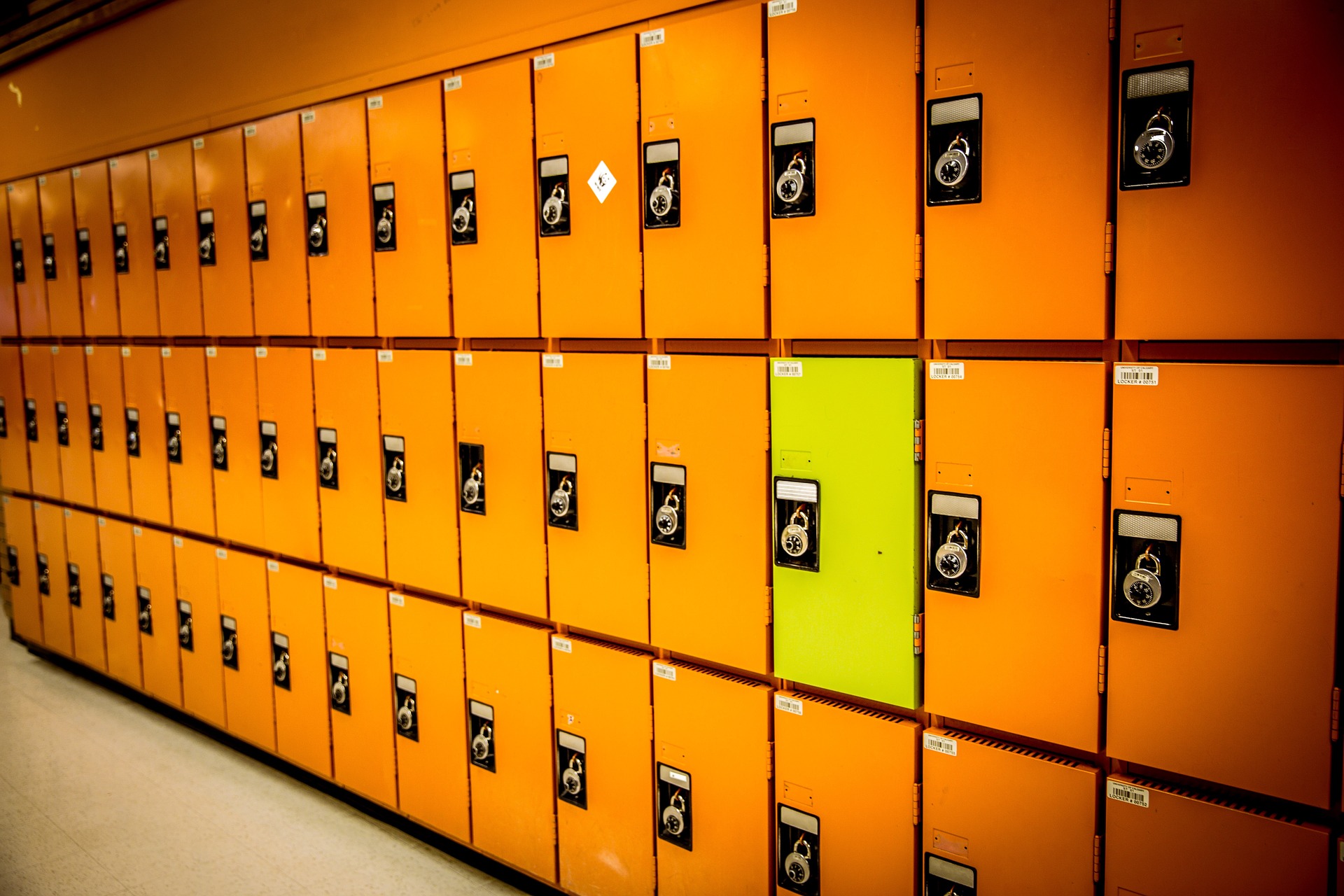Are you looking for hacks to teach students to take care of their personal property? If so, keep reading.
1. Restrict the student’s chance to use school learning materials if they are unable to care for their own personal property.
2. Make sure that failure to have appropriate learning materials results in loss of the chance to take part in learning activities or a failing grade for that day’s learning experience.
3. Minimize the number of learning materials for which the student is responsible. As the student shows appropriate responsibility for property, increase the number of learning materials for which the student is responsible.
4. Teach the student appropriate use of personal property and learning materials (e.g., scissors; pencils; compass; rulers; and science, industrial arts, and home economic learning materials; etc.).
5. Require that lost or damaged property be replaced by the student. If the student cannot replace the property, compensation can be made by working at school.
6. Make sure that the student is not inadvertently reinforced for losing or damaging property (e.g., replace lost property with used or damaged learning materials, copies of learning materials, etc., rather than new learning materials).
7. Take into account the student’s age and experience when expecting them to care for personal property.
8. Let logical consequences happen due to the student’s failure to care for personal property (e.g., having to write with a crayon because the student lost their pencil, using free time to make up homework that was not turned in, etc.).
9. Be firm, fair, and consistent when expecting the student to care for personal property. Do not let the student get out of caring for personal property one time and expect them to care for personal property the next time.
10. Create a list of written instructions you want the student to follow (e.g., put away pencils and paper, hang up coat, put book bag on the back of your chair, etc.).
11. Get the student to do those things that need to be done when it is discussed instead of later (e.g., “put the lunchbox up now instead of later so that it will not be missing at lunchtime,” etc.).
12. Support the student in performing duties. As the student shows success, slowly require the student to independently assume more responsibility.
13. Make the student care for personal property even though they “forgot” to do so at the established time.
14. Do not expect the student to pick up toys, games, learning materials, etc., that others failed to put away. Urge everyone to pick up toys, games, learning materials, etc.
15. Do not put out additional toys, games, learning materials, etc., for the student if they are not able to care for the things they are using.
16. Give shelving, containers, organizers, etc., for the student’s personal possessions. Tag the storage areas and require the student to keep possessions organized.
17. Restrict the use of those things that the student is careless in using.
18. Establish a time each day for everyone in the room to care for personal property.





